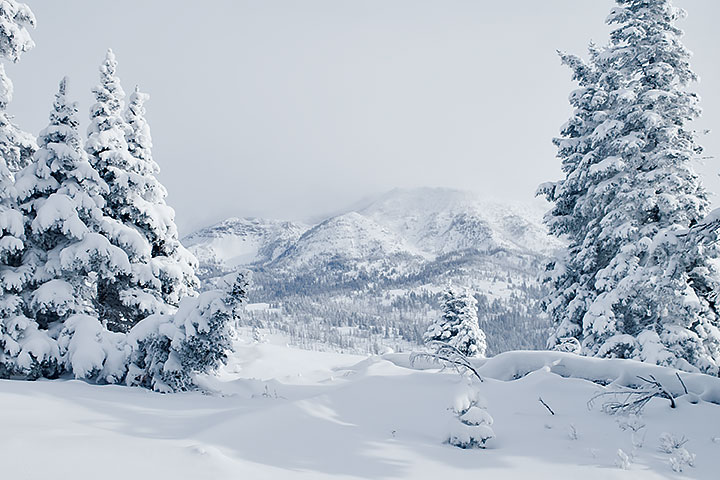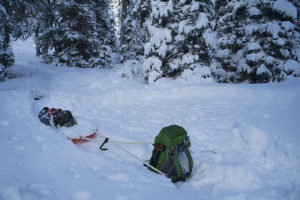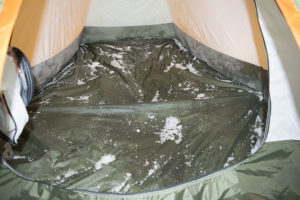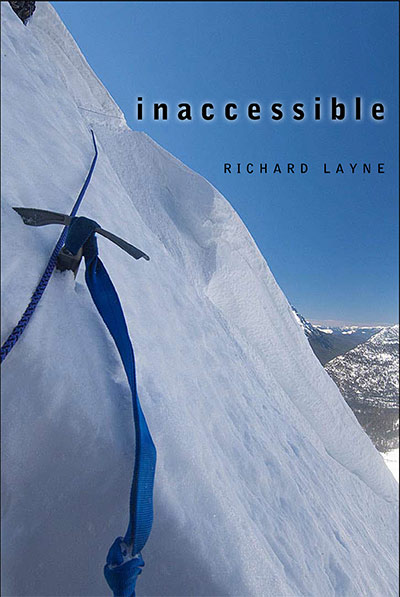
Moisture is more dangerous in a winter camp than the coldest temperature!
My sleeping system collapsed on the 10th and final night of the last trip. During the journey I weathered two nights with temperatures subzero Fahrenheit, one with a low of 17 degrees below zero. On the final night, the low temperature was 12°, something the system should have been able to handle, but failed.

For the last week and a half, I have been thinking about what happened so I can determine what I need to do to make sure there is not a repeat, or minimize the impact of a recurrence. Much of what I am about to list I have known in some cases for more than 20 years, but forgot during the trip.
Starting with the last item first:
· There is no guarantee that the failure will not happen again.
· My body is always releasing moisture.
o But for the vapor barrier liner inside the sleeping bag and bivy sack, I can do little about that.
· To prevent moisture from dripping off the tent ceiling and walls, keep the temperature inside the tent as much as possible below 32°F.
· Minimize the use of the stove.
o As much as possible, do not let water boil.
o Turn the stove off rather than let water simmer.
o Open the vents further in the vestibule and the tent interior.
o Close the inner tent door, thereby blocking some moisture from the kitchen inside the vestibule.
· Except in an emergency, do not use heat from the stove to dry equipment and clothing.
· Wherever possible build camps where there is air movement, which will keep the frost down on walls and equipment. Where wind is concerned, it is both friend and enemy.
o Friend: The wind keeps the moisture down by replenishing moisture-laden air inside the tent with the extremely low humidity winter air, thereby minimizing or eliminating frost/moisture buildup.
o Enemy: On the Continental Divide, scoured ridgelines are a sign that the wind up there can tear a tent apart. I know; one destroyed tent in Henrys Lake Mountains, and one blown away tent off a bald mountain in the Centennial Mountains.

· Minimize the amount of stored water. Melt snow only for immediate use except for the water used through the night and for the next morning’s first cup of coffee.
· Add a fleece blanket with a zipper, to place the sleeping bag inside. This extra layer of insulation will slow the frost buildup inside the down of the sleeping bag. Unfortunately, its weight is 26.8 ounces. The blanket is a mere 2 ounces less than the bivy sack and vapor barrier liner combined.
The trip demonstrated to me that my sleeping system is imminent to fail. The only question is how long I can postpone the collapse. This problem could be fatal. The bedroom in the tent is my final defense against the cold. If it should fail, then like so many others who have gone before me, my demise becomes a distinct possibility.


You are becoming a master of backcountry trekking. So many things you are learning due to your own survival. I am at awe.
Thank you! I am preparing to go do some more research and educating.